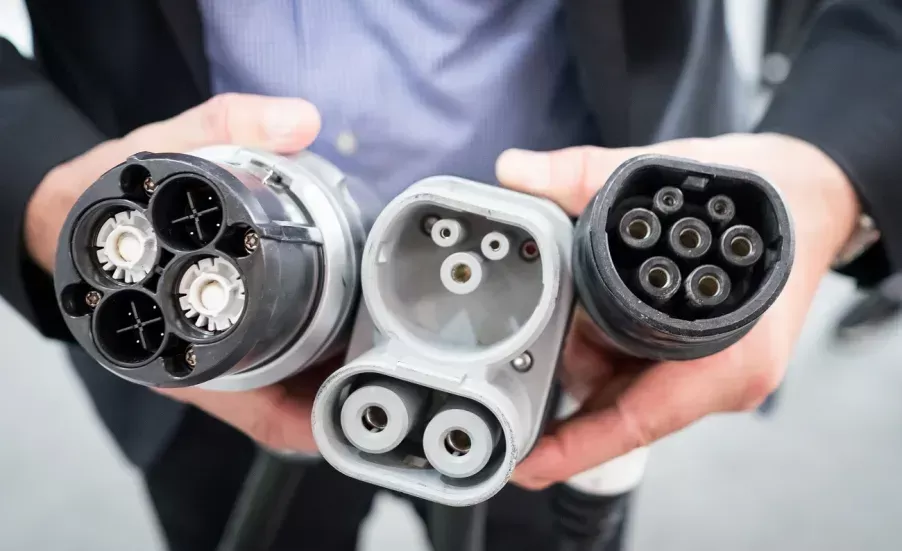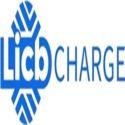Notifications

7 minutes, 45 seconds
-20 Views 0 Comments 0 Likes 0 Reviews

As a professional EV charger manufacturer in China, Topper Company delivers dependable electric vehicle charging station equipment and comprehensive charging solutions.
As electric vehicles (EVs) continue to grow in popularity, having efficient and standardized charging infrastructure is more important than ever. Among the various charging protocols available, CHAdeMO and CCS (Combined Charging System) are two of the most widely used for DC fast-charging. Both systems offer fast charging capabilities, but they differ in their designs and cater to distinct market needs.
In this article, we’ll compare CHAdeMO and CCS, exploring their features, differences, and which one might be better suited to specific EV owners and charging scenarios.
CHAdeMO, which stands for CHArge de MOve, is a fast-charging standard created by Nissan and several other Japanese companies. Introduced in 2010, it quickly became one of the leading DC fast-charging systems, particularly in Japan and parts of Asia.
How CHAdeMO Works
CHAdeMO is a DC fast-charging system that supplies high-voltage direct current to the vehicle’s battery, making it much faster than traditional AC charging. CHAdeMO stations usually offer power outputs of 50 kW or higher, allowing an EV to reach 80% charge in less than an hour. The unique CHAdeMO connector is distinct from the standard Type 1 and Type 2 connectors used in other regions. Notably, CHAdeMO also supports bidirectional charging, meaning that energy can flow not only from the charger to the vehicle but also from the vehicle to the grid or even to a home. This capability is essential for Vehicle-to-Grid (V2G) technology, allowing EVs to act as mobile power sources during peak demand times.
CCS, or Combined Charging System, is a standardized protocol that integrates both AC and DC charging through a single connector. It has become the preferred charging standard in Europe and North America due to its versatility.
How CCS Works
CCS supports both AC and DC charging, with a single connector that allows for both slower AC charging and faster DC charging. It uses the Type 2 connector in Europe and Type 1 in North America, with additional pins for DC charging. CCS chargers can deliver power outputs of up to 350 kW, enabling vehicles to charge up to 80% in as little as 30 minutes. This makes CCS particularly useful for long-distance travelers and commercial fleets that need to minimize downtime.
| Factor | CHAdeMO | CCS |
|---|---|---|
| Charging Speed | Up to 50 kW, charges to 80% in ~1 hour | Up to 350 kW, charges to 80% in ~30 minutes |
| Charging Options | DC fast charging only | AC and DC charging through one connector |
| Compatibility | Nissan, Mitsubishi, and other Japanese EVs | Wide compatibility with major automakers (BMW, Volkswagen, GM, etc.) |
| Bidirectional Charging | Yes (supports Vehicle-to-Grid) | Yes (supports Vehicle-to-Grid) |
| Availability | Common in Japan and parts of Asia | Common in Europe, North America, and expanding globally |
| Cost | Typically cheaper to install and operate | Typically more expensive, especially for fast chargers |
| Adoption Rate | Widely adopted in Japan and parts of Asia | Gaining traction in Europe and North America |
Widespread in Japan and Asia: CHAdeMO is well-established in Japan and other parts of Asia, offering an extensive charging network for Nissan Leaf owners and other CHAdeMO-compatible vehicles.
Faster Charging: While CCS can charge an EV to 80% in 30 minutes, CHAdeMO stations typically take around an hour. This difference is minimal for some, but can be crucial for those needing quicker charging.
Bidirectional Charging: CHAdeMO supports Vehicle-to-Grid (V2G), enabling EVs to provide power back to the grid or even a home. This capability is increasingly valuable as renewable energy sources grow in importance.
Lower Charging Costs: CHAdeMO stations are generally less expensive to install, which may result in lower charging costs in certain regions.
Wide Compatibility: CCS is supported by a broad range of major automakers, including BMW, Volkswagen, Ford, and General Motors, making it a versatile option for a wider audience.
Faster Charging: CCS stations can provide power up to 350 kW, significantly reducing charging time. This is ideal for long-distance travel or commercial fleets that need fast turnarounds.
Dual Charging Modes: CCS offers both AC and DC charging, meaning drivers don’t need multiple connectors for different charging scenarios.
Growing Availability: CCS is becoming increasingly common in Europe and North America, where its infrastructure is expanding rapidly.
Future-Proof: As more automakers adopt CCS, and as fast-charging technology improves, the system is poised to become a dominant global charging standard.
Choosing between CHAdeMO and CCS depends largely on your vehicle, location, and charging requirements:
CHAdeMO: If you own a Nissan Leaf or another vehicle compatible with CHAdeMO, and live in or frequently travel to Japan or parts of Asia, CHAdeMO is likely the best option. The infrastructure is well-established, and its bidirectional charging feature is especially valuable for those interested in Vehicle-to-Grid (V2G) applications.
CCS: If you drive an EV from a major manufacturer like BMW, Volkswagen, or Ford, and live in Europe or North America, CCS is likely the more convenient option. With faster charging times, growing availability, and dual charging modes, CCS is ideal for long-distance travel and daily charging needs.
Both CHAdeMO and CCS offer distinct advantages depending on your needs. While CHAdeMO is a tried-and-true standard in Japan and parts of Asia, CCS is rapidly gaining global traction, thanks to its faster charging speeds and growing infrastructure. Both standards will play vital roles in the evolution of EV charging networks, helping to create a convenient, efficient charging experience for all electric vehicle owners.Know more about Google SEO Directory
China EV Chargers EV Charger Manufacturer EV Charging Solutions

